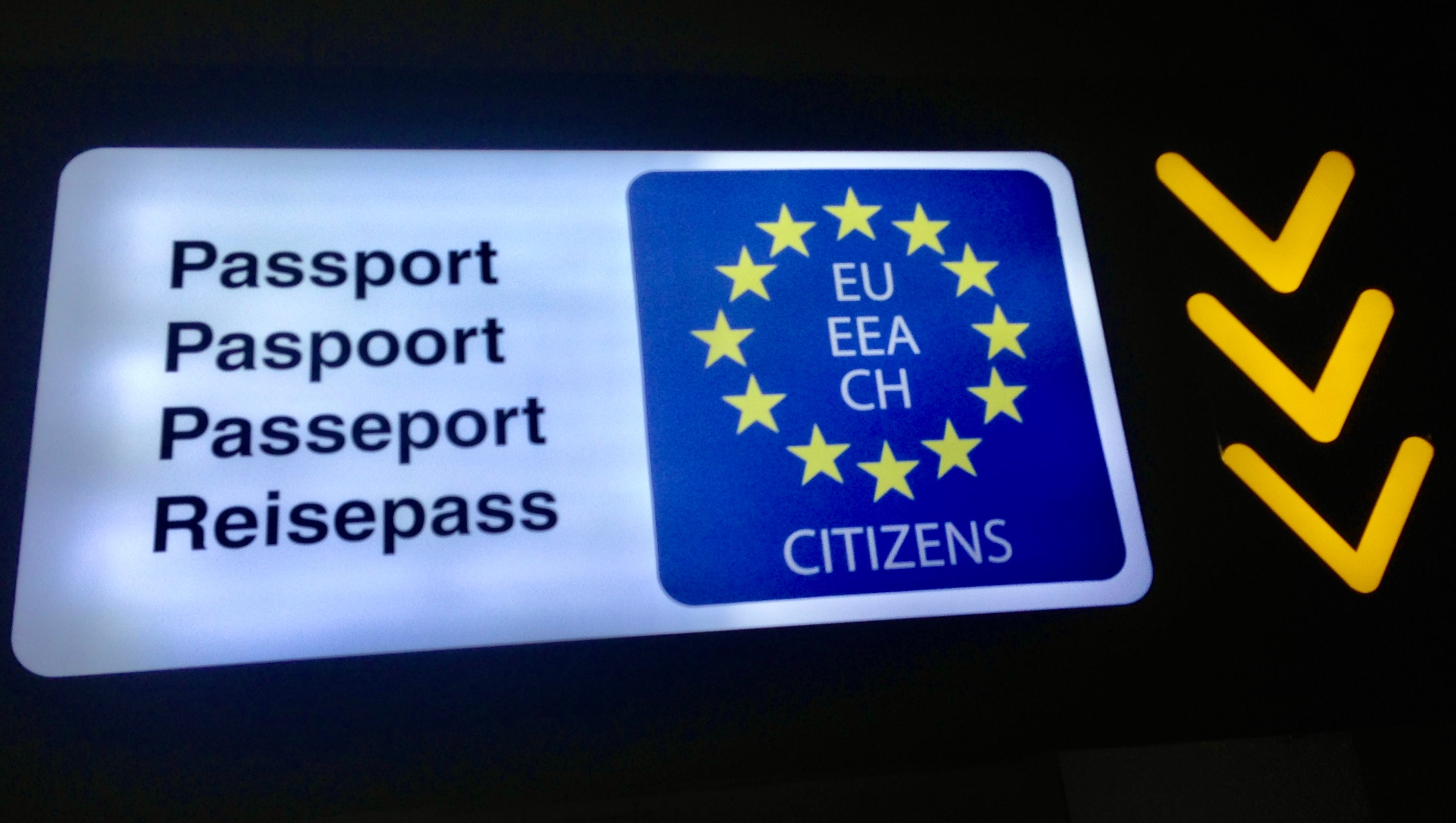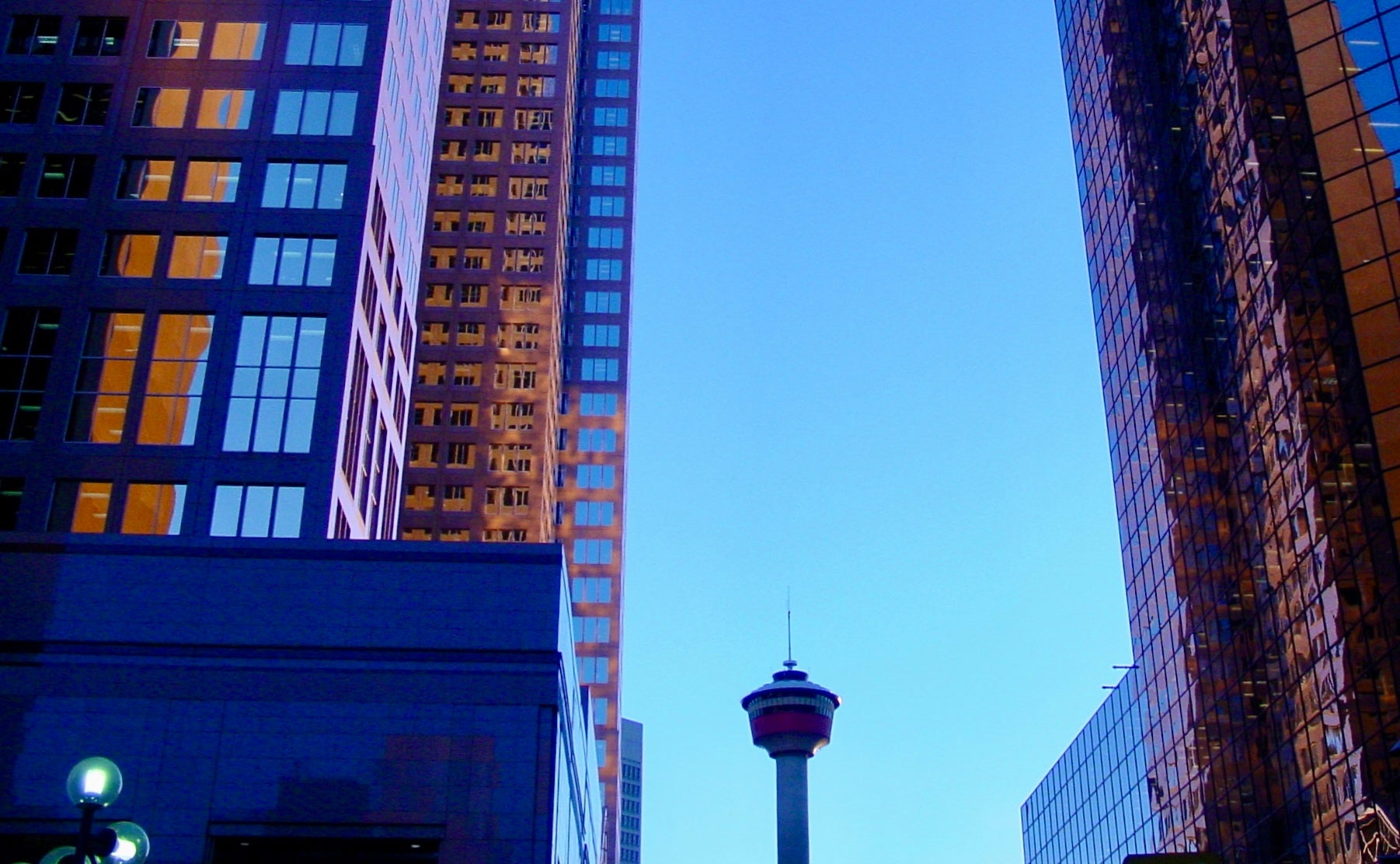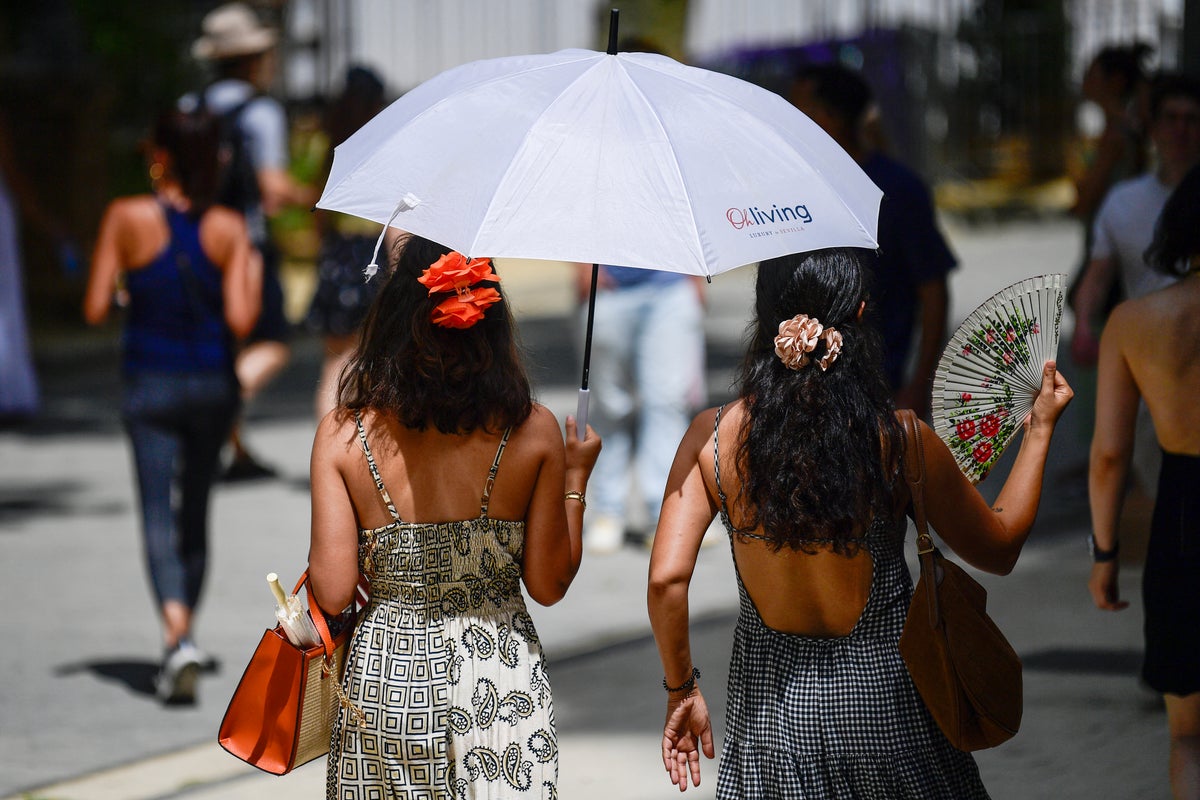Q I’ve read your article about the new entry-exit system into the EU and wondered how the “90-day rule” will work initially? We have a house in Spain and currently use a planner to track our entries and exits to keep within the limit. Will everything be reset on the first entry into the EU after 12 October when it’s automatically tracked?
Martyn Gadsby
A I make no apology for repeating the essence of a question I answered just over a year ago – because my answer has changed since then. To step back for a moment: British passport holders will start to become subject to the EU’s entry-exit system (EES) from 12 October. That’s “from”, other than “on”. Last year, the plan was to introduce the EES with a big bang approach, with all frontiers across the Schengen area switching the system on the same day, 10 November 2024. From that date, all “third-country nationals”, including the British would have their fingerprints and facial biometrics registered. All comings and goings from the Schengen area would be registered on a central database.
While that was the cunning plan from Brussels, my advice was that the slate would probably be wiped clean: whatever the evidence from passport stamps of the days you had spent in the EU (which has a limit of 90 days in any 180 days), you would return to zero. I never received confirmation of this from Brussels, but in any event it was moot. A month ahead of that date, officials realised the many hundreds of frontier posts from the Norwegian Arctic to the Atlantic islands of Spain and Portugal were simply not ready.
The revised plan is to introduce the entry-exit system progressively over the course of almost six months. During that spell, UK passport holders will face “double red tape”. At EES-ready frontier posts you will provide biometrics and be registered on the central database, but at the same time border officials will continue to scrutinise and “wet-stamp” your passport. If, like me, you enter and leave the EU fairly frequently, the analogue and digital records should synchronise by the end of the rollout. In short, no need to change anything.

open image in gallery
UK travellers have the same rights to travel to the EU as Americans and Australasians – so why always mention smaller countries? (Simon Calder)
Q Why do you always use Venezuela and other third-world countries when moaning about Brexit? Why not the US and Canada, or perhaps Australia and New Zealand? After all, they all get treated the same and have far more travellers.
Tim Attwell
A The background: after the democratic vote to leave the European Union, Boris Johnson’s government negotiated for British passport holders to become “third-country nationals”. The UK joined dozens of other countries sharing the same status: subject to strict passport validity and maximum-stay rules, but not needing a visa to travel to the EU.
You are right to point out that, when illustrating the travel changes brought about by Brexit, I could pick more “mainstream” examples from North America or Australasia. So why do I choose nations such as Venezuela, Samoa and Nicaragua to illustrate the status we share? Because I believe it is useful to remind readers that we are on the same page as a bunch of disparate nations that don’t travel to Europe in large numbers.
Without wishing to rerun the 2016 referendum, the Leave campaign dismissed the notion that British travellers to the EU would be disadvantaged. Just after his side won, Boris Johnson claimed: “British people will still be able to go and work in the EU; to live; to travel; to study; to buy homes and to settle down.” In fact, the Brexit deal he negotiated made all of those things, which we had previously enjoyed as European citizens, far more difficult. And the barriers to which we signed up have far more effect on UK citizens than they do on anyone else, because the British travel to the EU far more frequently than anyone else.
I am interested in your assumption that I have “lefty views”. Two of the most prominent unions in the UK, Aslef and the RMT, most definitely have “lefty views”. Both these rail unions campaigned vigorously for Brexit. I am of the opinion, which I think may be shared by many people across the political spectrum, that leaving the European Union has proved a disastrous act of self-harm – with much of the most obvious damage in the realm of travel.

open image in gallery
The best view of the city is from the 626ft Calgary Tower, close to sunset (Simon Calder)
Q I am travelling out to western Canada on Thursday on an organised adventure trip to Lake Louise and the Rockies. Fortunately, my Air Canada flight appears to be departing as normal. I will have some spare time in Calgary on arrival and before flying home. What would you recommend in the city?
Louise E
A To start with the current Air Canada shambles: the airline says that its morning flights from London Heathrow to Calgary have resumed since the weekend shutdown of all operations. Should the fury of cabin crew – who were ordered back to work by the government – put paid to your flight, then a combination of air passengers’ rights rules and the package travel regulations will be on your side; both the airline and the travel company organising your adventure are obliged to find alternatives.
Assuming your flight departs as scheduled, you will arrive in Calgary just in time for lunch. The city combines soaring skyscrapers with a certain frontier spirit. The place to begin your sightseeing is where the city started: the Confluence Historic Site, where the Elbow and Bow rivers meet; a police outpost was set up here 150 years ago. Next, consider signing up for the Calgary Stampede walking tour, which starts at 2pm on Thursday in the park just a 10-minute walk away. It will give you an insight into the culture of the West that is celebrated in the city each summer. The event takes place in July, but the tour guide will fill you in on the rodeo, chuck-wagon races and buffalo riding that bring the world to Calgary each summer.
I haven’t visited the city recently enough to be certain about restaurant recommendations, but you are likely to enjoy either Ten Foot Henry (especially if you are a vegetarian) and Salt & Brick (slightly fancier). Don’t forget the minimum acceptable tip is 15 per cent.
The statutory overview is from the 626ft Calgary Tower; the city below you is best viewed close to sunset (8.45pm on Thursday). And if you are still in Calgary on Friday morning, the Crossroads Market – opening at 9am – is well worth a visit.
Email your question to s@hols.tv or tweet @SimonCalder
